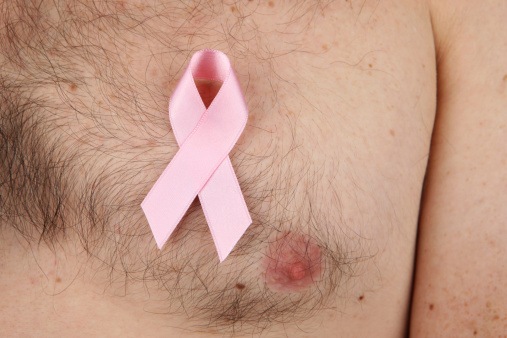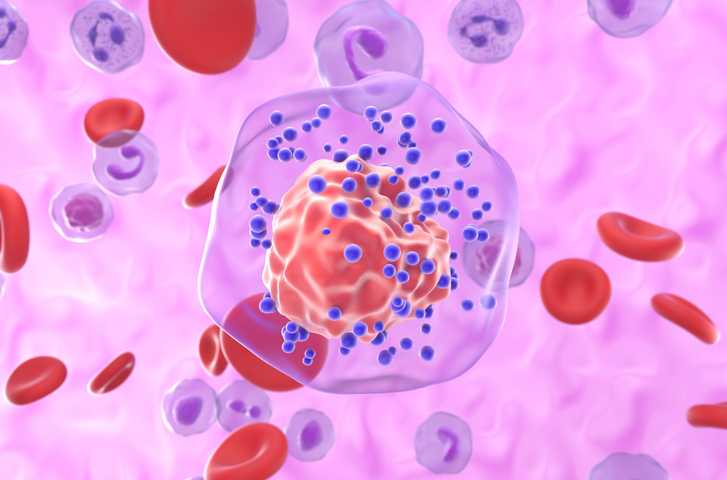
Men who are at high risk of developing breast cancer may benefit from cancer screening measures, such as mammography, according to a study published in the journal Radiology.
This observational, retrospective cohort study was comprised of 1,869 men (both symptomatic and asymptomatic, median age, 55) who underwent breast examinations at a tertiary academic medical center between January 2005 and April 2017 for any clinical indications, and who had at least one year of clinical and/or imaging follow-up. The researchers excluded men younger than 18 due to that age group’s low likelihood of malignancy.
The study defined screening examinations as any examinations performed as a precautionary measure for patients with either a personal, or family predisposition for breast cancer. In this case, mammography was the only screening tool used on men. The researchers defined diagnostic examinations as examinations performed for evaluating male breast cancer symptoms, or for following-up on likely benign tumors. Subsequently, examination indications, biopsy recommendations, and pathology results were all linked with patient characteristics. The researchers utilized Fisher exact and Mann-Whitney testing, Spearman correlation, and logistic regression to assess study data.
According to the results of the study, 2,052 examinations were performed which yielded 2,304 breast lesions and resulted in 149 (6.5%) biopsies in 133 men. Of those biopsies, 41 (27.5%) were malignant and 108 (72.5%) were benign. Overall, the study observed 1,781 (86.8%) diagnostic and 271 (13.2%) screening examinations. All male patients undergoing screening had personal or family history of breast cancer and/or genetic mutations, and the study found no significant increase in the number of examinations in men relative to the number of examinations in women over time (Spearman correlation, r = 0.85; P < .001).
Selective Screening Beneficial
Moreover, five node-negative cancers resulted from screening mammography, yielding a cancer detection rate of 18 per 1000 examinations (95% confidence interval [CI], 7 to 41), with cancers diagnosed on average after four years of screening (range, 1–10 person-years). Furthermore, the results showed that mammographic screening sensitivity, specificity, and positive predictive value of biopsy were 100% (95% CI, 50% to 100%), 95.0% (95% CI, 93.1% to 98%), and 50% (95% CI, 22.2% to 77.8%). Older age (P < .001), Ashkenazi descent (P < .001), genetic mutations (P = .006), personal history (P < .001), and first-degree family history (P = .03) were correlated with breast cancer. Non–first-degree family history was not associated with cancer (P = .09).
https://twitter.com/myNEWSLine/status/1173997568436473856
In their conclusion, the study authors wrote that “selective screening in men at elevated risk for breast cancer was beneficial in our study, and mammography was able to depict clinically occult malignancy at a cancer detection rate higher than that of screening among women with average risk. Breast imaging utilization in men has increased over time, suggesting a need for guidance.”
Moving forward, they feel that “further and larger studies are needed to validate results and provide more definitive recommendations as to whether and how best to screen men at high risk.”
Breast cancer screening found effective in men at high risk for the disease https://t.co/DXO8Xc8O2h
— Science Codex (@sciencecodex) September 17, 2019
Breast Cancer Screening Found Effective in Men at High Risk for the Disease https://t.co/TXLXsOjPaZ
— EIN Presswire: Breast Cancer Newswire (@EINBreastCancer) September 17, 2019







 © 2025 Mashup Media, LLC, a Formedics Property. All Rights Reserved.
© 2025 Mashup Media, LLC, a Formedics Property. All Rights Reserved.